The quickest and surest way to achieve financial independence is by increasing earnings, reducing expenses or, better yet, doing both. It’s only then can we accumulate savings and start investing.
Increasing earnings is no small feat. It depends on both internal constituents (one’s experience, education, skill set, and talent) and external factors (job opportunities, inherited wealth, connection, and possibly, luck) that are either under or out of one’s control.
Needless to say, reducing expenses alone is the low hanging fruit that can be tackled more readily.
(Hint: Sometimes it pays to become a minimalist or frugalist!)
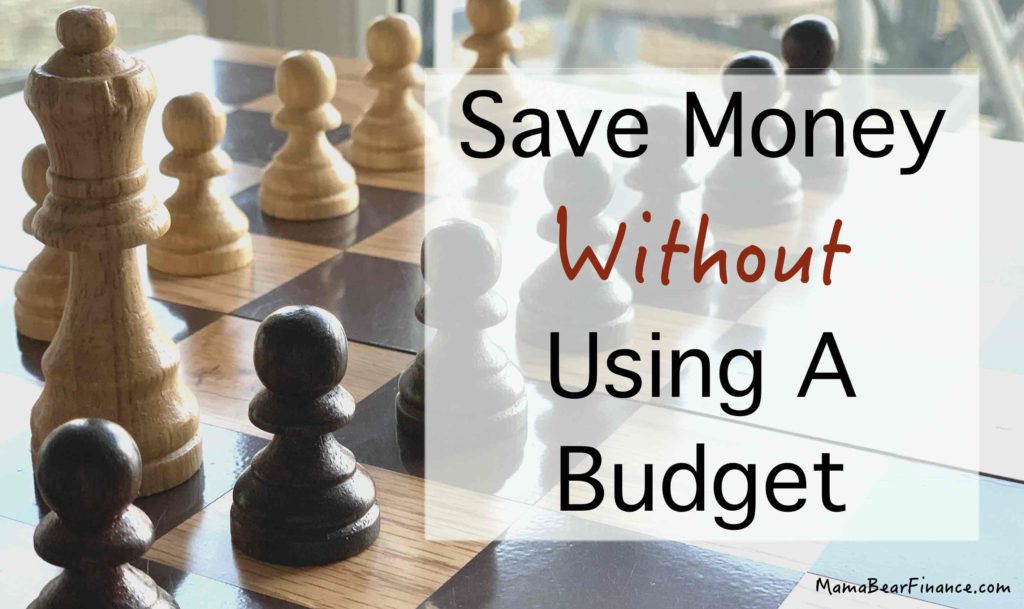
This post may contain affiliate links, which means I may receive a commission, at no extra cost to you, if you make a purchase through a link. Please see my full disclosure for further information.

From Frivolous Spending to Mindful Living
I used to be a spender. In fact, I used to go to the mall at least three times a month, sometimes just to shop for the sake of shopping.
I used to love clothes, makeups, and accessories. But once I read the book during university called “Affluenza: The All-Consuming Epidemic” by Thomas Naylor, it has completely transformed my mind.
Instead of constantly keeping up with the Joneses and Kardashians, or trying to impress other people through materialistic goods, I learned how overconsumption has deprived our mind of what is truly meaningful in life.
So how did I go from spending to saving? So much saving, in fact, that I was able to buy a house in California at age 25 and paid it off in eight years’ time?
Here I have come up with six ways to train one’s mind and action into spending less without the need to set a back-breaking budget.
(Don’t forget to SHARE, like, comment and subscribe for more saving and money tips.)
Additional Reading: Affluenza: How Overconsumption Is Killing Us and How to Fight Back (An updated version including the aftermath of the 2008 economic meltdown.)

6 Effective Ways to Spend Less & Save More
1. Always pay with cash
Okay, perhaps ‘always’ is a strong word, but you should strive to pay cash as much as possible especially when it comes to impulse purchases. Can’t do online shopping using cash? Exactly.
Have you ever tried to pay a large sum of money using cash? It’s rather painful.
Imagine you wanted a Chanel bag or an Armani suit. Instead of swiping your credit card, try pulling out $5,000 from your checking account and handing it over to the salesperson.
Oh, but before you hand over those dollar bills, make sure to count them. Each counting will most likely trigger an emotion from you. That’s good, keep going. Soon it’ll hurt so much that you’ll want to abort the mission.
But if you still do want to continue counting and eventually make that purchase official, well then, I guess you want it baddddd. There’s nothing wrong with that as long as you’re mindful about it.
But if you’re like most people who worked hard for a month’s salary, you most likely will feel the pain when handing over a certain percentage of your cash on fancy goods or services.
There’s an indescribable sensation with using cash vs. VISA or Apple Pay where cash payment seems to be more impactful on one’s wallet. Perhaps that’s why the savings rates used to be much higher before the introduction of credit cards and digital wallets.
It’s okay to pay the necessities – such as bills, gas and rent – with a credit card (and rack up points, am I right?). But for everything else such as discretionary spending, pay with cash… then feel the burrrrrn.
Trust me, it will hurt (but the good kind of hurt). And only through this pain will you grow STRONGER.
2. Imagine the product without fancy display or packaging
I learned in a marketing class that a product with sparkling, shinny (by that I mean convincing) packaging could charge a premium price or higher markup.
Imagine that same Chanel bag. If it doesn’t sit in a fancy store surrounded by well-groomed salespeople, opulent storefront and seductive product placement, would you still have a desire for it?
What if that bag now sits in an ordinary garment factory or in a supermarket shelf, does it still have the same appeal (i.e. worthy of the same price tag)?
I’m not saying a fancy building design or beautiful packaging provides no value.
I’m merely posing a question of when imagining a product without any exterior decor, would you still pay the same price for it? (By the way, do you keep or throw away these packagings?)
Building this mindset has allowed me to not spend compulsively but to analyze the true value of what I’m buying.
Most of the time, I either skip the purchase or look for an alternative that is just as good but costs less (a.k.a. value for the buck).
3. Avoid Celebrity Endorsements and Resist Social Media Temptation
Let me be clear, not all celebrity endorsements and social media influence are bad. But almost all comes with a higher price tag (i.e. due to higher marketing cost for the company).
Needless to say, famous people do not endorse a product for free. Perhaps they sometimes do it out of pure love for the product, but many times they do it just for the money.
And this money translates into a higher price tag for us consumers. Again, this is okay if the product is truly worthwhile with or without endorsement.
But is it often times the case? Do you need to buy that $40 lip kit or $100 eyeshadow pallet just because it has the picture of <<insert the name of your favorite celebrity or social media star here>> plastered all over it?
Not me, folks, not me (anymore). In fact, when I see a famous face or name on the packaging, it’s often a warning sign that the product may likely charge extra for the so-call “perceived value.”
I tend to imagine it without the packaging and assess the price I find most reasonable standalone. Often times, I avoided the purchase because I didn’t attribute the price to justify the product.
My future self has thanked me every time, because our love for <<insert famous name here>> usually dwindles down overtime.
4. Don’t Just Buy Cheap, Buy Value
“Perceived value” is a subjective evaluation of a consumer’s willingness to pay for a certain product.
This perception is what the marketing gurus work so hard to get your attention. It is especially true for brand name products.
Sometimes, we want to avoid being screwed by marketers that we resort to buying cheap.
For example, you might scold at the fact that buying a Swiss Army luggage by Victorinox priced in the range of $300 – $400 to be ridiculous, especially when you only plan on using it a few times per year.
So then you bought a cheap alternative at Walmart but then it broke after just few uses. I’m sure this has happened to MANY of you. No? Am I the only sucka here?
Another example would be shoes. We can certainly buy something dirt-cheap that would function just the same way – keeping our feet protected. Sometimes cheap shoes can even deceive us by looking just as fabulous as designer shoes.

But are they comfortable? And how long can they last? If we have to replace them in few months, are they still worth it?
Often times when you buy a product that is truly exceptional, made to last, or clearly superior to all other substitutes and counterparts, you end up saving the hassle (and money) to re-buy it over and over again.
Clearly it is best to buy quality over low-priced and value over expensive products.
5. Keep Track of Inventory
Ever since I became self-aware of my over-consumption habits, I started to take inventory of what I have especially on clothes, makeups, and accessories. Thus begin my minimalist journey when the concept of ‘minimalism’ hasn’t been popularized yet.
I do this by listing out every piece of items I have and tally the retail price next to it. I then add up the total for each category and evaluate how much of it I wish I could get my money back (a buyer’s remorse category).
If I want certain portion of the money back, then those constitute frivolous spending. If I love the items and am still glad to have them, then those constitute value-added spending.
After a while, you no longer need to upkeep this list once you’ve acquired the restraining abilities to avoid overspending. You can simply do a quick mental estimation of how much you’ve spent on whatever categories you have trouble splurging on (e.g. clothes, shoes, purses, gadgets, subscriptions… etc.).
But if you haven’t pulled through yet and you find your inventory list expanding, then continue tracking what you’re bringing in and what you’re spending on.
By doing this exercise, it would also give you a clue on the things you own in which you love or as Marie Kondo puts it, “spark joy.”
For example, I can irrevocably say that I’d rather trade 80% of the spending I made on all my clothes for money back. That’s because I only wear 20% of the clothes I have, 80% of the time.
This puts things into perspective the next time I find myself yearning to make a purchase on new clothes, for instance. It’s especially harder to do if I’m pulling out the cash, too.
6. Keep Track of Expenses
Although I find having a budget to be burdensome, I do find tracking expenses to be a worthy exercise.
After all, what gets measured, gets managed. Since very few people use cash nowadays, tracking expenses through online banking is easy.
So in order for one to save (or the become more frugal), the first step is to understand one’s spending habits.
This means you spend as you are but keep track of all your spending. At the end of the month, categorize these spending and repeat the process for up to six months or ideally for up to a year.
Once you have all of your expenses categorized in a 6-month or 12-month trend, find ways to see how you can lower those expenses without lowering your baseline happiness.
That means you shouldn’t squeeze yourself so hard that you become depressed because of the deprivation from not spending on what truly makes you happy.
For me, I love my daughter and I would gladly spend on anything that would provide the best care for her.
However, that doesn’t mean I would spend on the most expensive crib, shoes when she can’t even walk yet, or designer baby clothes that get dirty easily and she would out-grow in a matter of months.
Instead, I’m willing to spend on her activities, healthcare, and education which are more impactful than simply ‘things.’
By tracking all of the expenses I spent on the baby, I gained a better perspective on what’s necessity vs. compulsive spending. It also gave me an insight of how much it costs to raise a baby – my baby in particular.

No Budget, No Worries
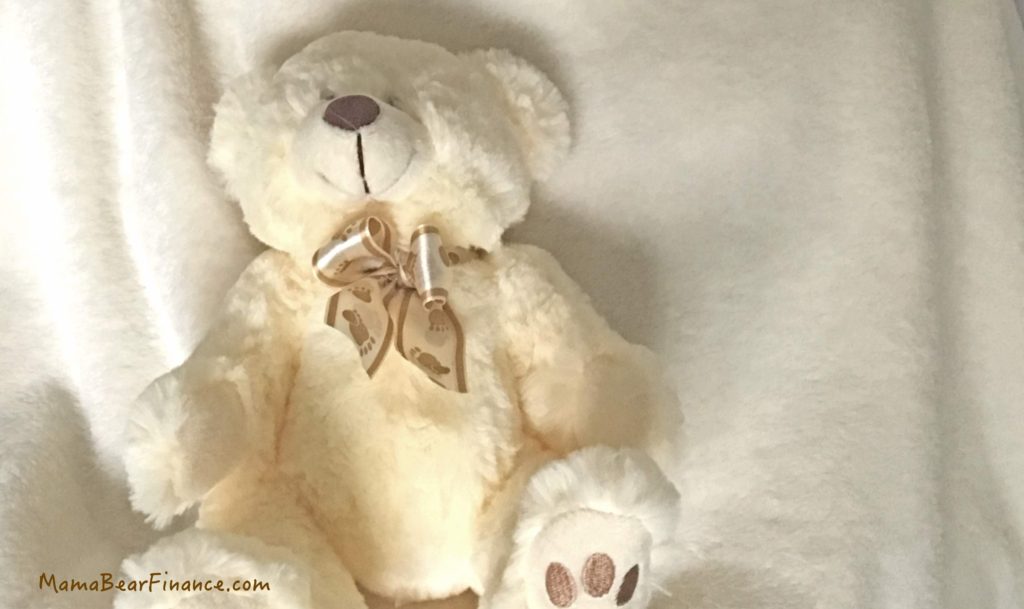
When I follow these six ways to spend less, I was able to save money automatically without the need to set a budget.
Life has enough limitation as it is, why put more barriers by slapping ourselves with a measuring stick?
However, if you know that you just can’t discipline yourself mentally by avoiding frivolous spending or overspending, then setting a budget is not at all a bad idea.
Either way, the most important thing is to live financially free of stress. If you can train your mind and action to form a healthy spending habit, then you may already be on the path towards financial freedom.

Are you a disciplined spender? Do you find setting a monthly budget to be useful? What are other ways we can do to spend less and save more?
Save this PIN
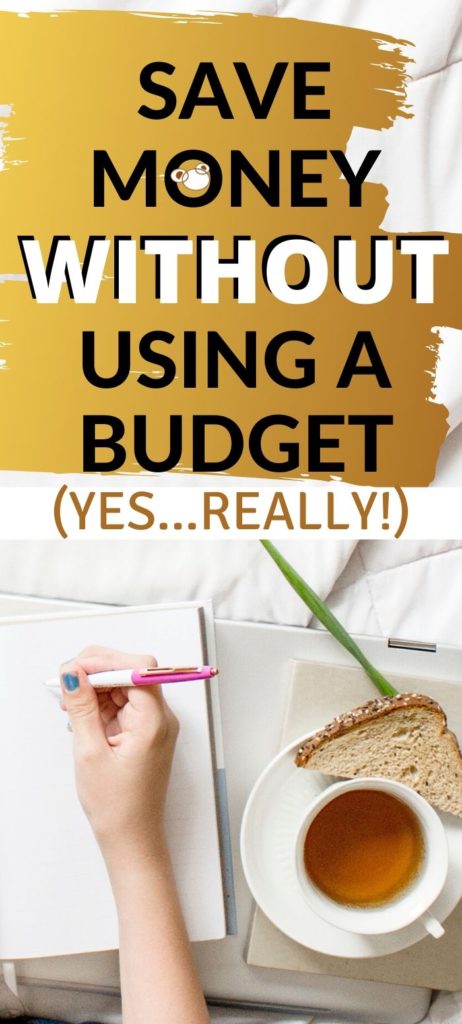
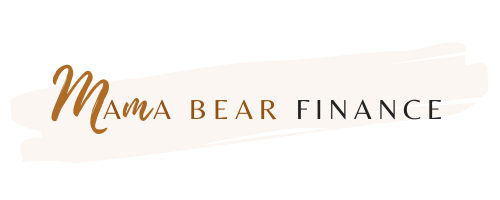

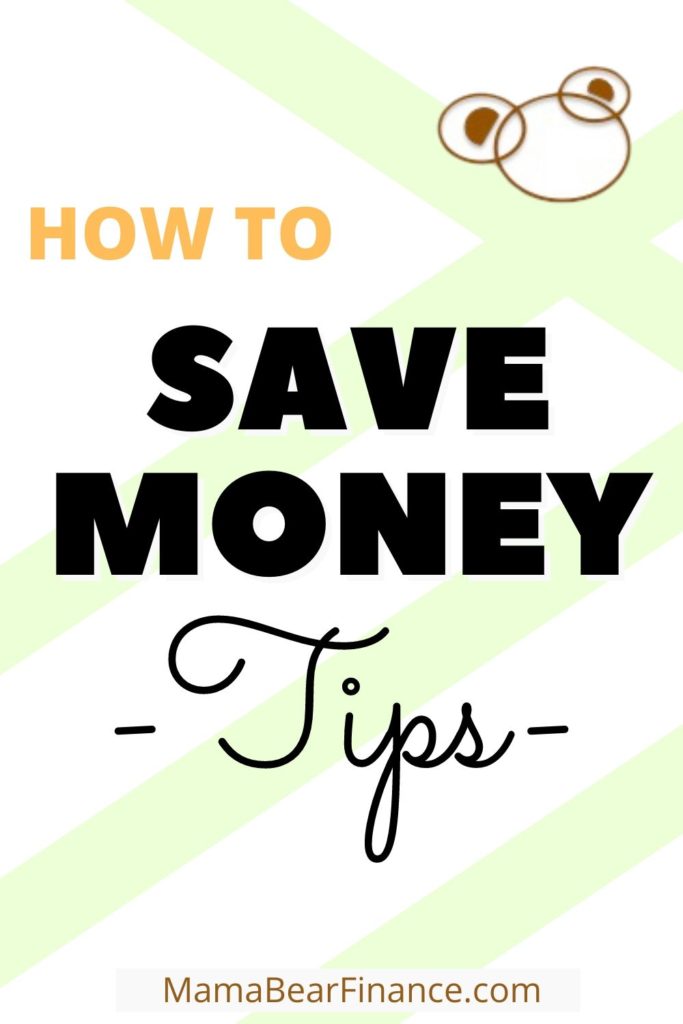
 Support a Content Creator
Support a Content Creator
Great read, and nice perspective on budgeting!
Great tips on saving money! While budget is the not the only way to save money, it is the most popular form. As long as you spend less than your income, you should be able to save money. Focusing on tracking your spend is crucial. Thanks!
Thanks for your thought. Yes, in fact there are many ways to save money. I personally find having the right mindset about spending will organically lead to savings. While I agree budgeting is very helpful, it’s not really needed once the right mindset is developed.
Your blog is so helpful! Loved the idea of using cash, spend less and save more! Thanks for sharing!
Glad you liked it!
Great ideas! Definitely moving towards buying more quality items (minus the Louis Vuitton), and there is nothing wrong about buying consigned quality-items either.
Thanks Cassiopeia Nothing wrong with buying consigned stuff indeed!
Nothing wrong with buying consigned stuff indeed!
Being a mom, I realize that I am the inventory “manager!” I always review what’s in my pantry/fridge before going grocery shopping. I know what’s in my kids’ closets and what toys they have. I know what supplies we have (toiletries, cleaning supplies, equipment etc).
I set up systems such as budgets and automating our finances and so far these systems have kept us from overspending. I don’t track our spending but perhaps that is one thing we can improve on! Thanks for a great post!
Yes, totally agreed! Being a mom is being a manager of inventory, finances, operation, human resources (managing baby sitters, daycare), and maybe even marketing (social media sharing)!
Great to know that setting up a budget helps you keep your spending under control.
Loved reading this post. So much great advice and terrific tips!! Thanks for sharing!!
Thanks for the kind feedback! This makes my day
Some good ideas! I like the “no packaging” one, I’ve never considered that!
Yes, looking past the packaging will help us become more conscious of what we’re spending on. Not to mention it’ll help the environment by reducing waste.
Great resource!
What I also like to do is to limit my online shopping. Leaving the products in the basket for a day and then revisiting the page again, deciding if I really need or want it makes wonders for me in saving money and not having things I do not really appreciate at the end
Thanks for sharing your tips! This is helpful for the upcoming Black Friday and Cyber Monday.
Great advice!! Thank you so much for sharing!
No problem! Thx for stopping by this blog
As a personal finance writer, it’s great to see some fresh tips on saving money and cutting spending! Keeping a personal inventory is great, as I’m as guilty as the next person of buying something when I already had it at home.
Same here! Lots of duplicates of little things here and there like staplers, nail clippers, hair ties which are hard to keep track of as they get lost in the sea of things. But, keeping track of the big items could be a worthy exercise to reduce waste and clutter.
Great tips overe there . I hardly buy any clothes myself. Have plenty already , have left the habit of being a spendthrift. Thanks for the ideas .
Awesome! I’m trying not to buy more new clothes. It’s great for the environment and our pocket